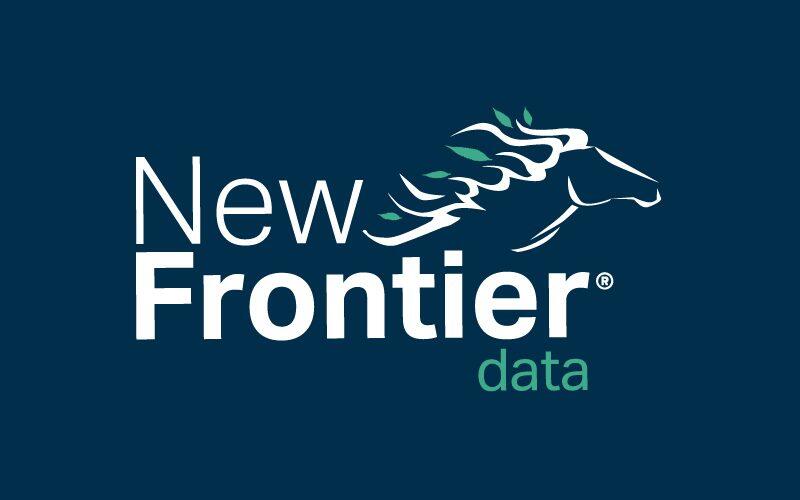Trends Emerge and Converge as Two-Thirds of Americans Gain Access to Legalized Forms of Cannabis

U.S. Legal Cannabis Market Growth
September 8, 2019
Litigation Looms as the Likeliest Outcome of Oral Contracts or Handshake Deals
September 8, 2019By Kacey Morrissey, Director of Industry Analytics, and J.J. McCoy, Senior Managing Editor, New Frontier Data
As of this month, the U.S. legal cannabis industry includes 33 states plus the District of Columbia (D.C.) providing regulated access for medical use, and 11 states plus D.C. allowing it for personal adult use. Yet still more – if stopping short of full reform measures – have decriminalized possession of small amounts.
While we have recently seen how some quantity issues – including local market oversupply and the clean cannabis market – are transforming the economics of cultivation and driving an increasing number of growers out of the market, a convergence of trends nationwide will define the maturation of U.S. state markets, shape the trajectory of the national legalization debate, and influence the place of cannabis in the global economy. These and other dynamics will be explored in much greater detail in New Frontier Data’s forthcoming U.S. Cannabis Trends Report.
In June, Illinois became the second most-populous state to legalize cannabis for discretionary/recreational use after Governor J.B. Pritzker signed it into law. When sales there begin on Jan. 1, 2020, it will mean that fully more than 2/3 (some 233 million, or 68%) of all Americans will be living in a state with some form of legal cannabis.
Next year (while Illinois’ new market begins to come online), the largest state markets for legal cannabis stand to be California, Washington, Colorado, Florida, Michigan, Oregon, and Massachusetts.
Through the examples and experiences of those regulated state programs (both for medical and adult uses), New Frontier Data projects a nationwide conversion of consumers from the national illicit market into legal sales, thereby reducing the former by nearly $7 billion worth from 2018 to 2025.
That expected trend will be driven by three convergent forces – 1) the addition of new legal markets as more states activate programs; 2) sustained growth in legal demand as consumers transition from the illicit market to the legal market; and 3) advancements in cannabis research affirming some diverse medical and wellness applications. As competitive forces and economies of scale continue to drive down both wholesale and retail prices, increasing consumer demand will propel sustained growth.
In 2018 the overall U.S. legal cannabis industry generated an estimated $10.3 billion in consumer sales, with annual projected sales reaching $13.6 billion by the close of 2019.
Through currently legalized states’ programs, annual sales of medical cannabis are projected to grow at a 17% combined annual growth rate (CAGR), from $4.4 billion in 2018 to an estimated $13.1 billion by 2025. During the same period, adult-use sales are projected to grow at a 16% CAGR, from $5.9 billion to $16.6 billion. Total U.S. regulated sales are projected to grow at a CAGR of 14%, to reach nearly $30 billion by 2025.
Key factors influencing how much demand a legal market can capture – and how quickly – include:
- Flexibility of regulatory structure to adapt to changing market dynamics;
- Market implementation timeline;
- Allowances for diverse product types;
- Taxes and retail prices;
- Product access (largely determined by number of licenses issued by the state for cultivars and dispensaries, as well as allowances for delivery services); and
- Barriers to patient participation (largely determined by qualifying conditions in medical states).




